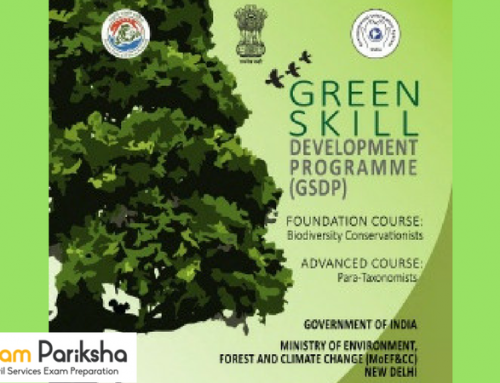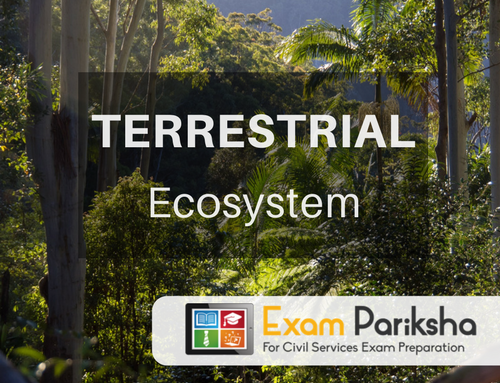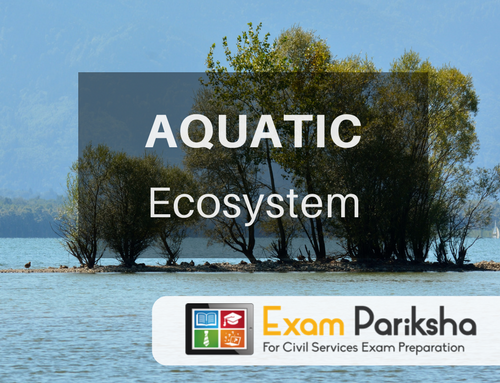Renewable Energy is an Energy that is Generated from natural Resources which includes Sunlight, geothermal heat, Winds, Tides, Water, And Various Forms of Biomass.
Renewable Energy is Comprises of:
- Solar Energy: Energy generated from Sun.
- Hydel Energy: Energy Derived from Water.
- Biomass: Energy from Firewood.
- Geothermal Energy: Energy from hot Dry Rocks, Magma, Hot Water Springs.
- Ocean Thermal: Energy from Waves and also from tidal Waves.
- Co-Generation: Producing two Forms of Energy from one Fuel.
- Fuel Cells are also Being used as Cleaner Energy Source.
Sources:
- Primary sources: Renewable Energy Like Solar, Geothermal, Gas Etc.
- Secondary Sources: Non-Renewable Energy Like Coal, Oil and Natural Gases.
Solar Energy:
India is One of the few Countries Naturally Blessed with Long days and Plenty of the Sunshine.
So there are two Ways:
- Photovoltaic Electricity: It Absorbs the Direct sunlight and Generate Electricity
- Solar thermal Electricity: The Solar Collector has a Mirrored Surface Which Reflects the Sunlight onto a Receiver that hears up a Liquid.
Photovoltaic Electricity:
Solar Panels are attached with the Aluminium Mounting system. PV Cells Are Made up to two Semi-Conductor Layer a Positive Charge and a Negative Charge.
When Enough Protons Are Absorbed by the Negative Layer of the Photovoltaic Cell, Electrons are Freed from the Negative Conductors Material. When the Two Layers Are Connected to the External Load, the Electrons Flows through the Circuit creating Electricity. The Power Generated DC is Converted into the AC with the Use of the Inverter
CSP (Concentrated Solar Power)
It Utilised Focused Sunlight and Convert it into high-Temperature heat. The Heat is the Channelled Through a Conventional Generator to Produce Electricity.
Solar Collectors Capture and Concentrate Sunlight to Heat a Fluid Which in turn Generates Electricity. The Most Commonly Used is Parabolic troughs. The Power Generated Dc Converted to Ac with the Use of the Inverter.
Wind Energy:
Wind Energy is the Kinetic Energy Associated with the Movement of the Atmospheric air. Wind Turbines Transform the Energy in the wind into a Mechanical Energy and Further Converted it into the Electricity.
Wind Farm:
- Onshore Wind Farms:
It Operated on Land, Where the Wind Tends to be the Strongest. The Turbines on the onshore Wind Farms Are Less Expensive and Easier to Set up.
- Offshore turbines:
Construction of Wind farms in a Large Bodies of Water to Generate Electricity. Offshore wind Farms Are Most Expensive that the Onshore
Potential of Wind Energy in India:
Wind Energy target:
- 60000MW (60GW) by 2022
- 200000MW (200GW) by 2022
Capacity Installed:
- Tamil Nadu- 7200MW
- Maharashtra- 4000MW
- Karnataka- 2700MW
- Rajasthan- 2700MW
Hydro Power:
Hydraulic Power can be Captured When Water Flows Downward from the Higher Level to the Lower Level then it is used for the Turbine and Convert into the Electricity.
Hydropower is the Cheapest and Cleanest Source of Energy but there are Many Environmental and Social Issues Related with the bug dams.
Types of Hydro Power Station:
- Impoundments:
It is Typically a Large Hydropower Station uses for the Dam for the Storage of the Water in the Reservoir. Water Release from the Reservoir Flows through the turbine and Generate Electricity.
- Diversion:
It is Also Known as the Run of the river Facility, channels a Portion of the River through a Canal or penstock and then Flow Through a Turbine and Spinning it and Generate Electricity.
- Pumped Storage:
It Works Like a Battery storing the Electricity and Generated by other Power Sources Like Solar Wind and Nuclear for Later use.
SHP (Small Hydropower Plant)
Small Hydropower is Defined as Small Hydro Power Project Which Has Installed with a Capacity of 25MW. Small Hydropower Plants Can Serve the Energy needs of Remote Areas independently.
Ocean Thermal Energy:
The Process of Harnessing the Energy is called Ocean Thermal Energy Conversion. IT Uses the Temperature Between the Surface of the Ocean and the depth the 1000M to operate the Heat Engine.
Wave Energy:
The Interaction of the Wind with the Surface of the Sea and Represent the Transfer of Energy from wind to the Sea. The First Wave Energy Project with a Capacity of 1500MW Has Been Set up Trivandrum.
Tidal Energy:
Energy Which can be Generated from tides by Creating the Reservoir or Basin Behind a Barrage and the Passes the Tidal Waters through the Turbines in the Barrage to Generate Electricity.
Biomass:
Biomass is the Renewable Source of the Energy Derived from the Carbonaceous waste of the Various Human and Natural Activities. It Derived from the Numerous Sources Like Crops, Grassy, Woods, Plants, oil Rich Algae and Municipal Waste.
Cogeneration:
Cogeneration is the Producing Two Form the Energy from one Fuel. The Form the Energy Must Be Always being heat and the Other Maybe Electricity or Mechanical Power.
Since Cogeneration Meets the Power and Heat Needs, it has other Advantages also from the Significant Cost of Savings for the plant and Reductions in Emissions of Pollutants due to Reduced Fuel Consumption.
The potential in India:
- Biomass is the Most Important Source of the Energy Forming 32% of the total Primary Energy Usage in the Country.
- The Current Availability of biomass is Estimated at About 400-450 Million Tonnes Annually and Translating into the Potential Around 1800 MW.
- It Attracts Over 600 Crores Investment Annually Creating the Rural Development.
Waste to Energy:
Waste to Energy have a Potential to Divert Waste from Landfills and Generate Clean Power Without Emission of Harmful Greenhouse Gas.
Pyrolysis and Gasification Are Emerging Technologies for the incineration and Biomethanation.





